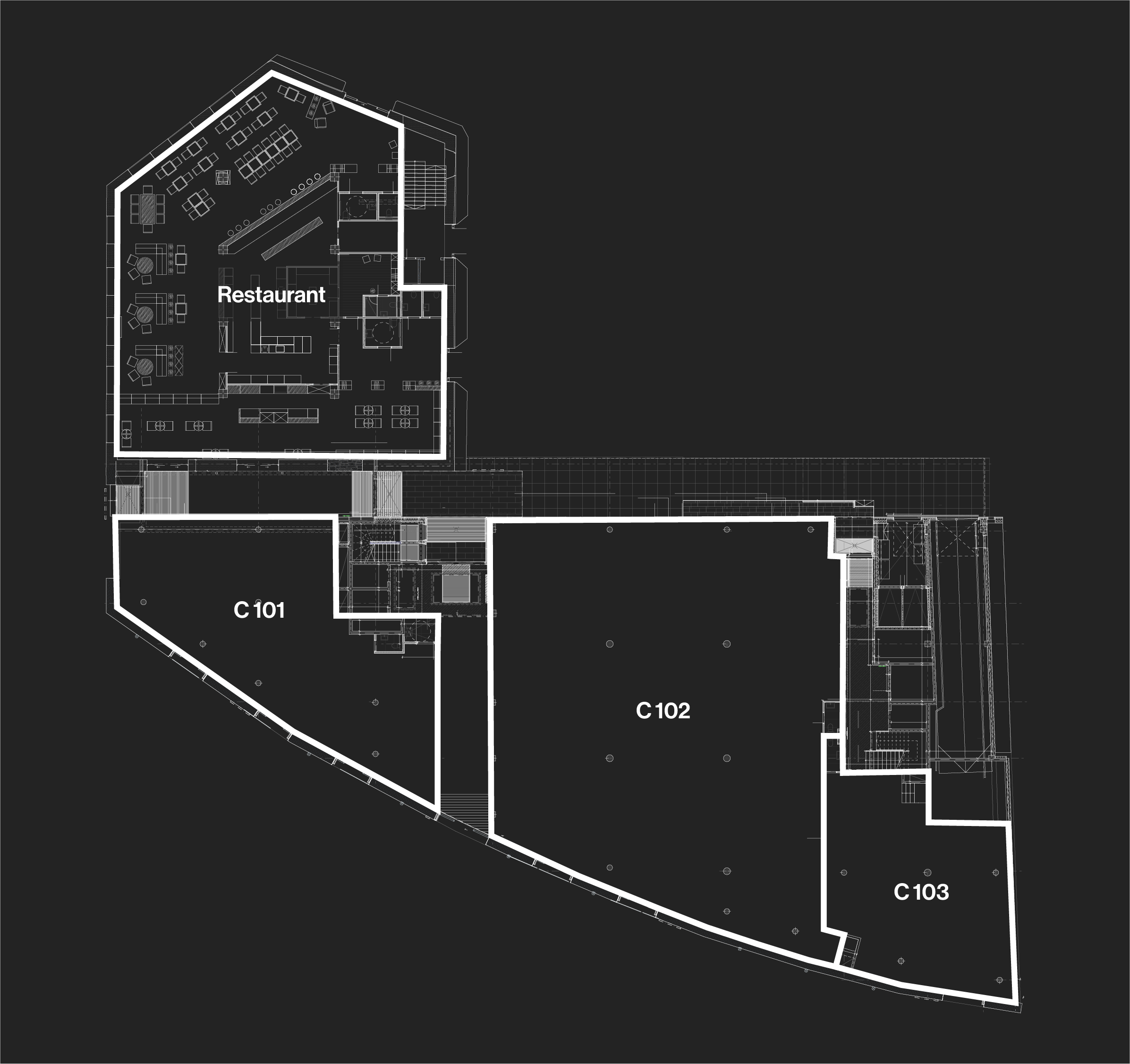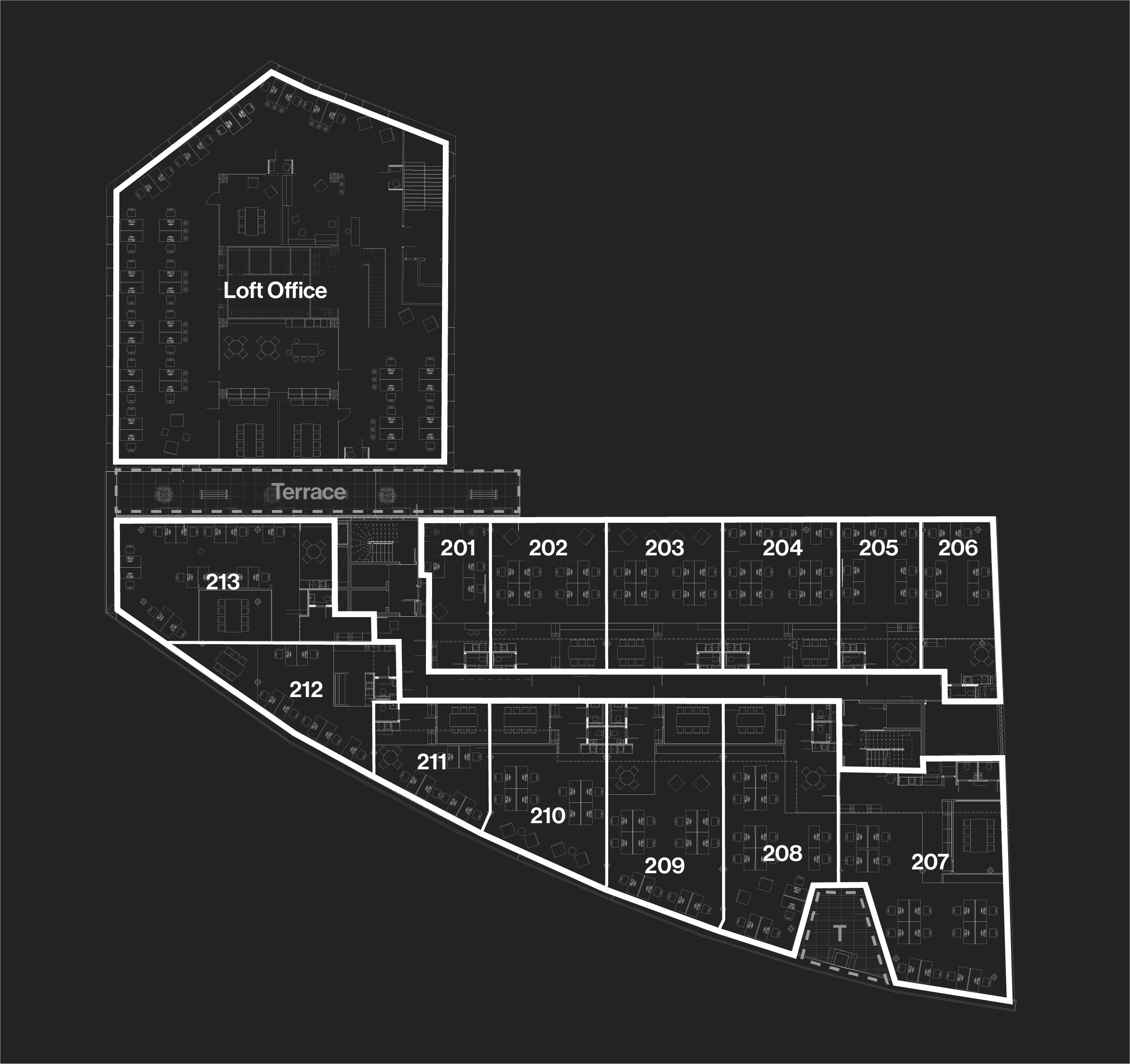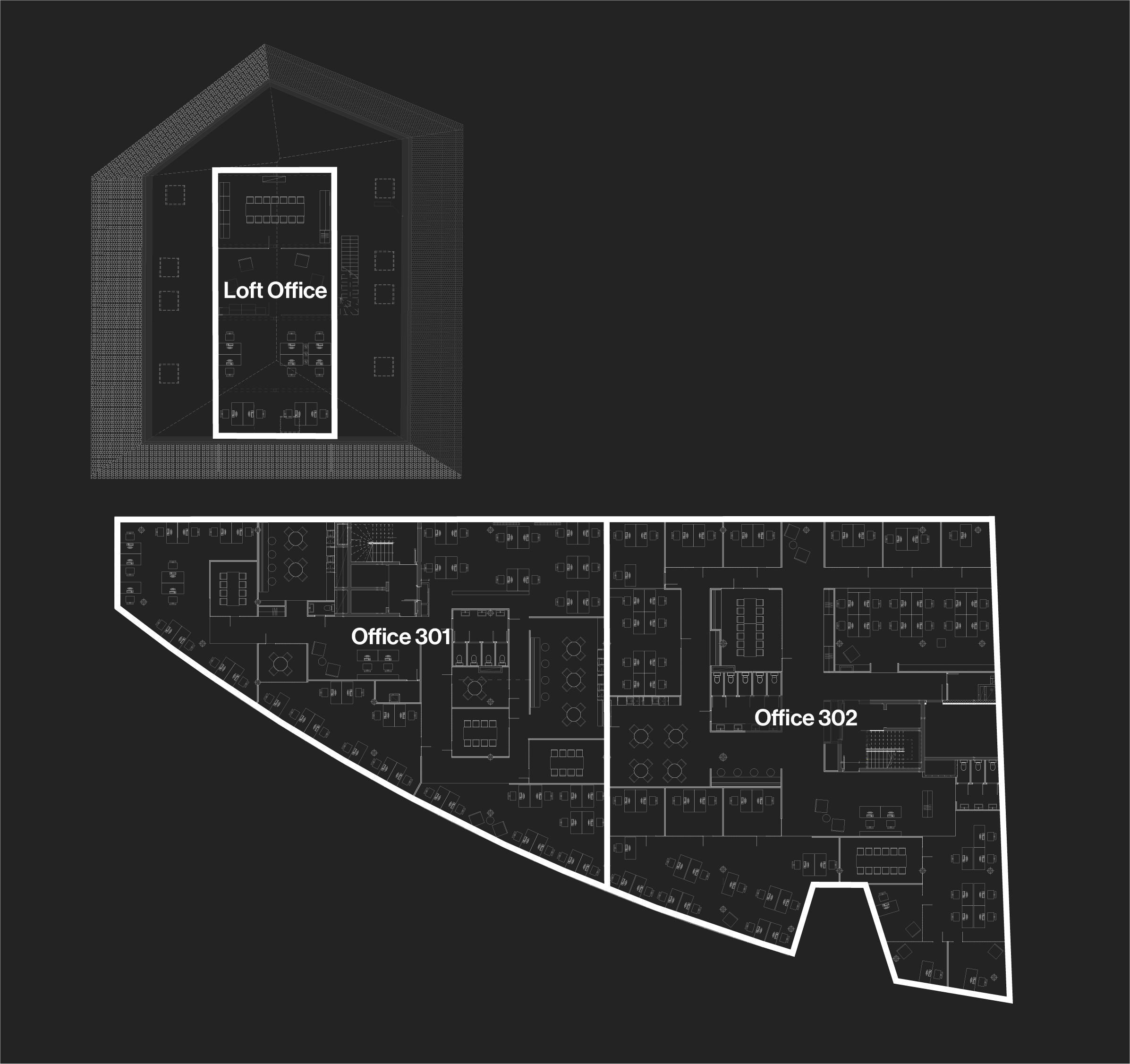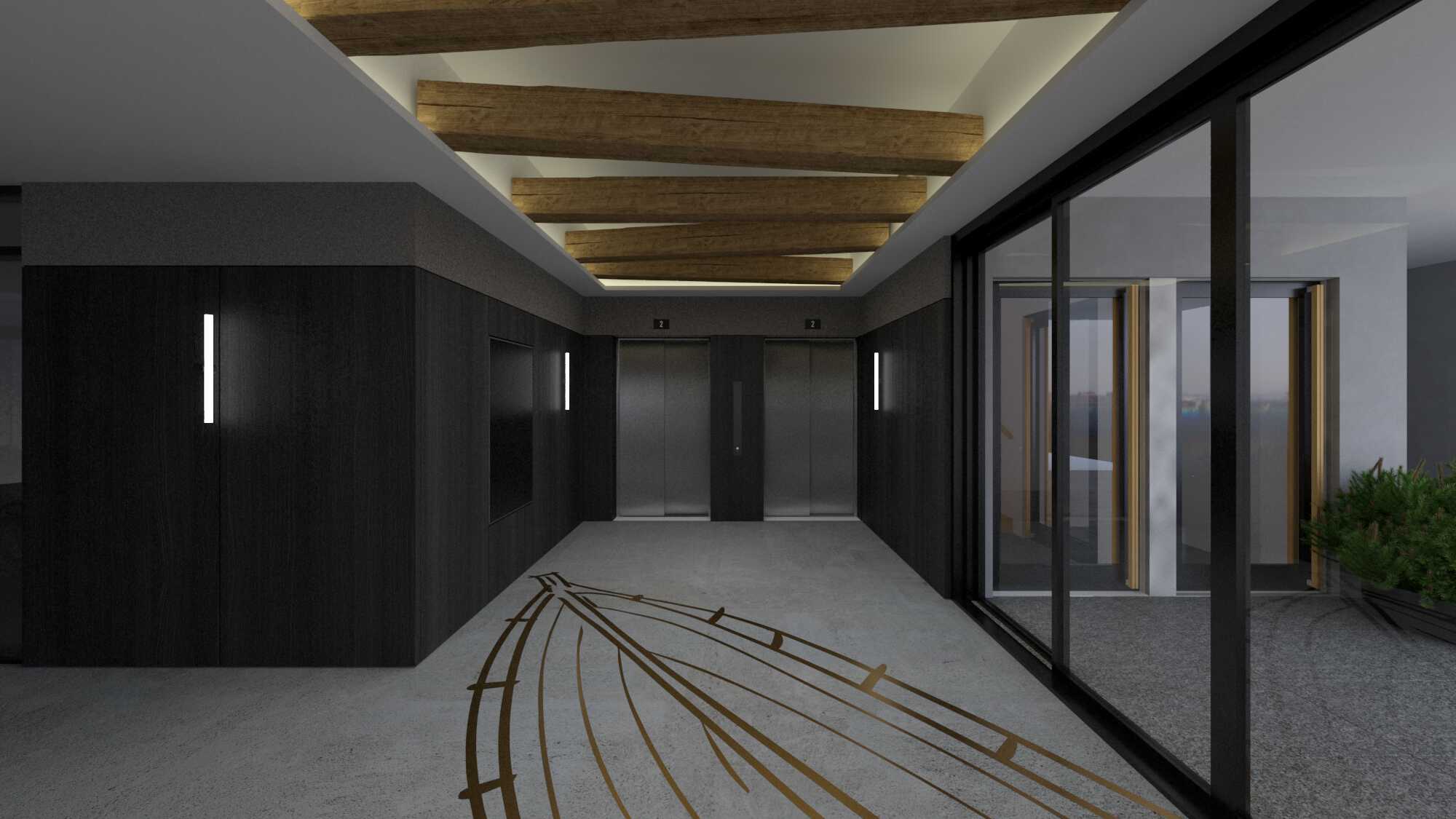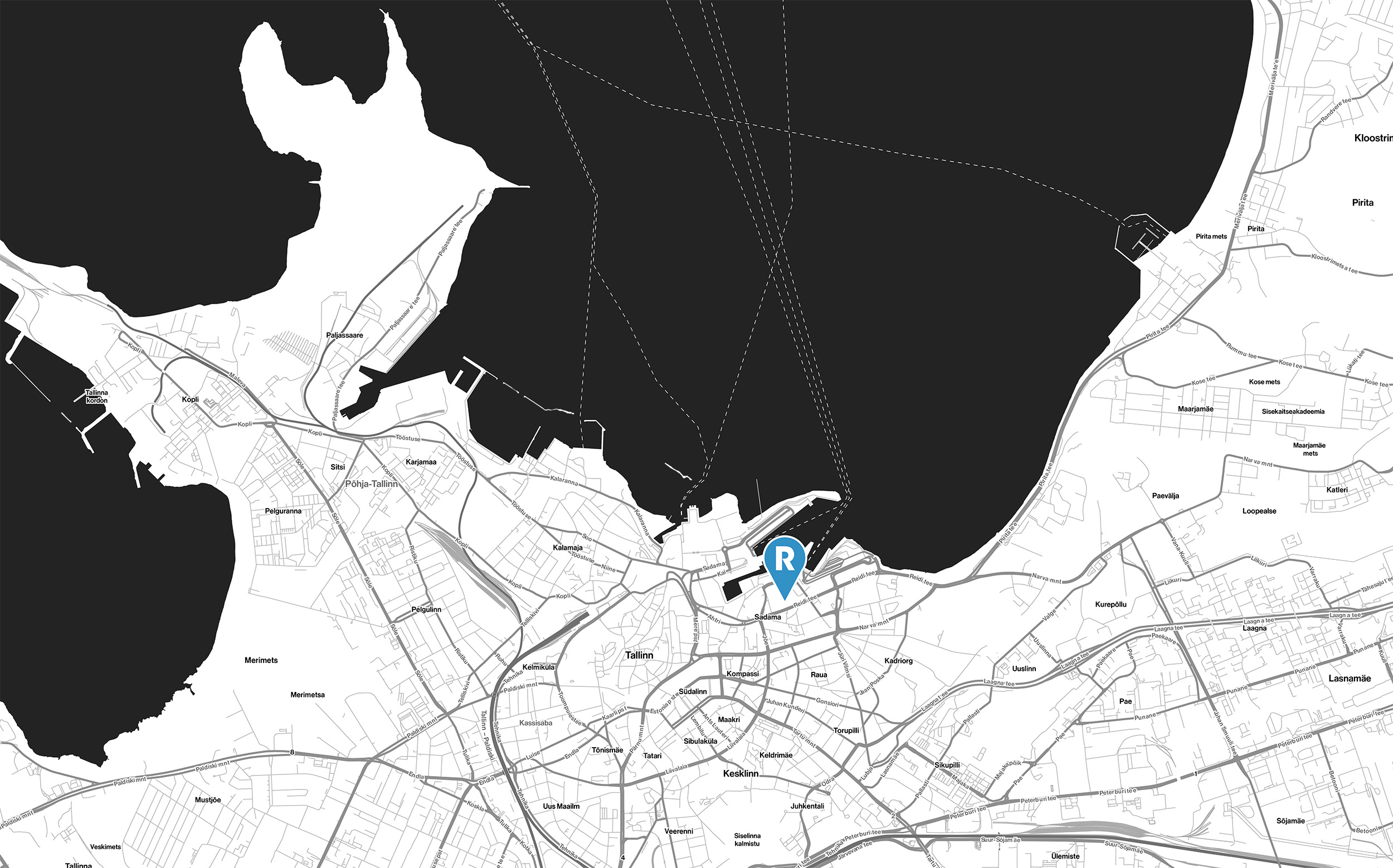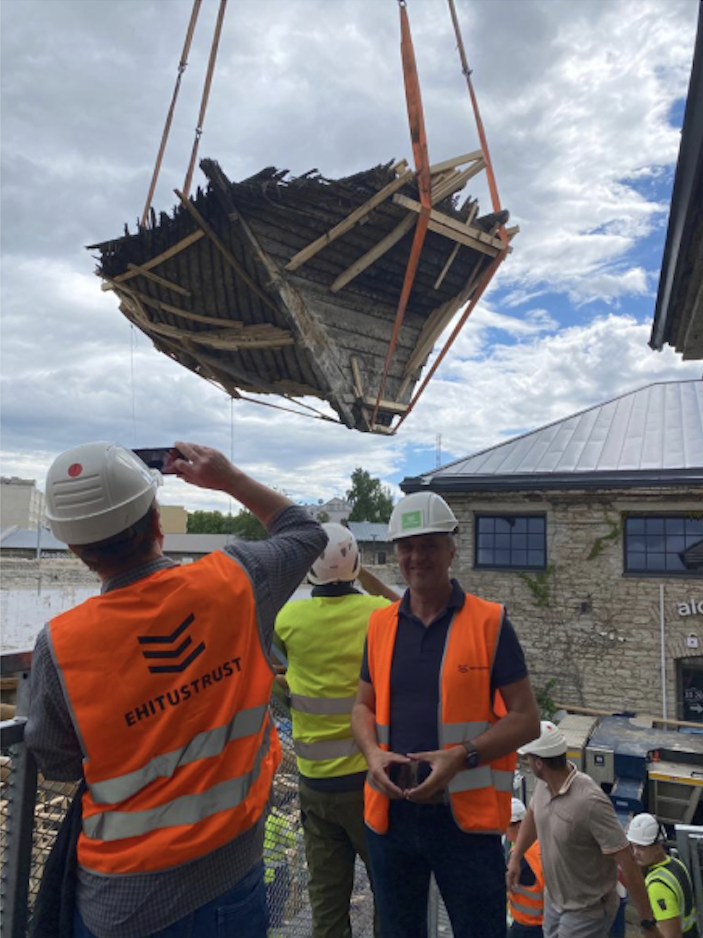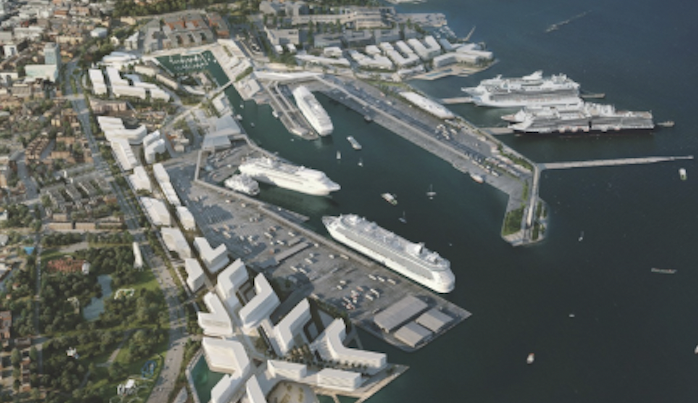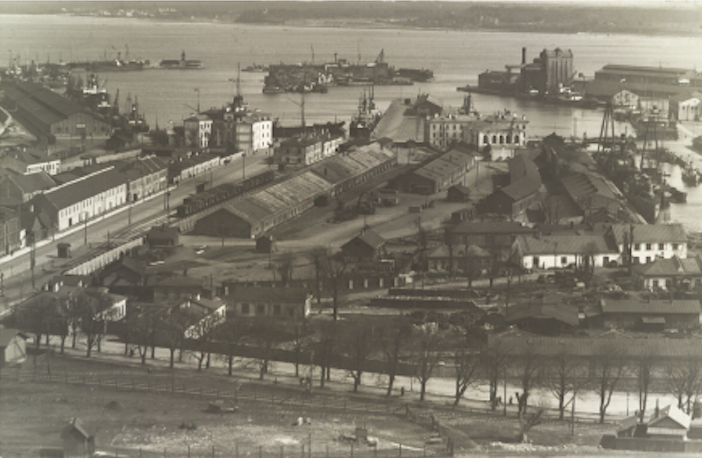
The buildings in the Reidi Quarter date back to the 1870s. The vigorous construction of the quarter began immediately after Tallinn was connected to the Russian railway network, with railway branches also extending to the port. More land was claimed from the waterfront wetlands by filling in soil, and in a short time a large number of stone and wooden warehouses were built there. Several well-known businesses from the era established their warehouses in the area: department store J. Chr. Koch, Thomas Clayhills & Sons, Gahlnbäck, Mayer. This decade also saw the completion of all the large limestone storehouse buildings with stone roofs that give the quarter its character today and are well known under the name of Kochi Aidad / Koch Storehouses.
The road leading to the harbor in the same direction as Lootsi Street, adjacent to the block, was then called Strasse Neu Holland, i.e. New Holland Street, apparently inspired by the landscape, which with its many drainage and transport channels resembled the Dutch port city.
In World War II, the buildings were somewhat damaged, but compared to the total destruction of the rest of the port area, the Koch storehouses remained relatively intact. Today, this is the only part of the port area where the pre-World War II port milieu has been preserved.
After Estonia regained its independence in 1991, the historical buildings were in a rather sad condition, dirty and partially dilapidated for about ten years. Only at the beginning of the 2000s, the buildings were reconstructed and adapted into a trade and service centre, which they still function as today.
The facade of one of the buildings located on the Reidi Quarter property is under national heritage protection as a cultural monument, although not only the facade of the building is valuable, but rather the entire complex of Koch Storehouse buildings in its unique integrity, conveying the milieu of the port area of the time.
In addition to the already excavated wreck, there is another shipwreck at the property, under protection as an archaeological monument, which was discovered already back in 2009. Based on research at the time, the wreck was dated to 1210-1280 AD, making it one of the oldest shipwrecks ever found.


